1. The Freemasons
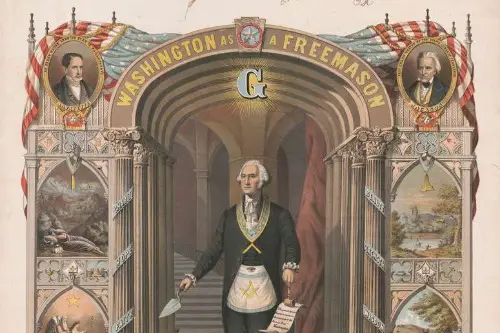
The Freemasons are perhaps the most famous secret society in the world, and their influence in U.S. history is hard to overstate. Founded in medieval Europe, the White House Historical Association shares, the Freemasons crossed the Atlantic and established lodges in the American colonies as early as the 1730s. By the time of the Revolution, notable figures like George Washington, Benjamin Franklin, and Paul Revere were members. Their network of lodges allowed for discreet communication and collaboration during the fight for independence, earning them both admiration and suspicion.
The Freemasons’ focus on fraternity, charity, and personal enlightenment fostered a sense of unity among their members, but their penchant for cryptic symbols and rituals fueled conspiracy theories about their motives. In the 19th century, public outcry over their perceived secrecy even led to the formation of the Anti-Masonic Party, the first third-party movement in U.S. politics. Today, their impact is felt in everything from architecture to the founding principles of democracy, though their gatherings remain a source of intrigue.
2. The Knights of the Golden Circle
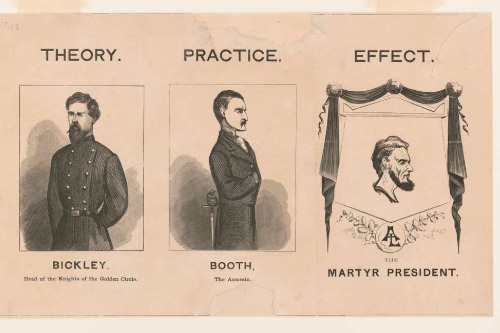
The Knights of the Golden Circle (KGC) were a pro-slavery secret society that emerged in the mid-19th century, advocating for the expansion of slavery into Latin America, according to the Texas State Historical Association. Their goal was to create a “golden circle” of slave-holding territories stretching from the southern U.S. through the Caribbean and into Central America. The KGC gained traction as tensions over slavery intensified in the lead-up to the Civil War.
Though their dreams of empire were never realized, the KGC played a shadowy role in the Confederacy’s efforts during the war. Some members allegedly engaged in espionage and sabotage, while others formed guerrilla bands. After the war, rumors swirled that the KGC had hidden caches of gold to fund a Confederate resurgence, creating a lore that still captures the imagination of treasure hunters today.
3. The Odd Fellows
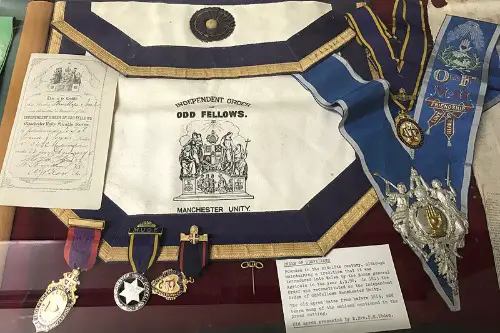
The Independent Order of Odd Fellows (IOOF) is a fraternal organization that originated in England but became deeply rooted in American society in the 19th century. Known for their commitment to philanthropy and mutual aid, the Odd Fellows provided support to members in times of need, as well as to orphans and widows. Despite their seemingly wholesome mission, their secret rituals and symbolism sparked curiosity and skepticism.
The Odd Fellows stood out for their focus on egalitarian values and their embrace of individuals from all walks of life. In an era of social stratification, they offered a sense of belonging and purpose, fostering a legacy of charitable work that continues today (you can even check their website). Their historical significance lies in how they democratized the concept of mutual support, while their mysterious ceremonies added an air of mystique.
4. The Molly Maguires
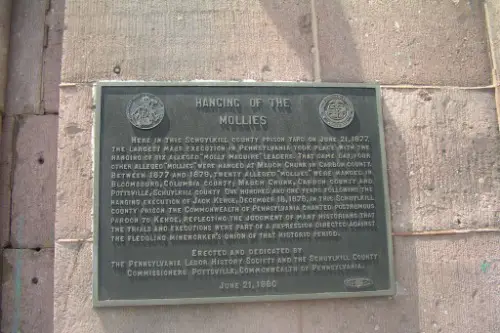
The Molly Maguires were an underground group of Irish immigrant coal miners who operated in Pennsylvania in the late 19th century, according to the Library of Congress. They fought against oppressive working conditions and exploitative mine owners, often through covert means. The Mollys were accused of engaging in acts of sabotage, arson, and even murder, although evidence of their organized activities remains disputed.
Their story reflects the struggle of immigrant workers trying to carve out justice in an era of rapid industrialization and stark inequality. The Molly Maguires were eventually crushed by Pinkerton detectives, and several alleged members were executed after controversial trials. Their legacy endures as a symbol of labor resistance, though their secretive nature ensured they remained shrouded in myth.
5. The Know-Nothings
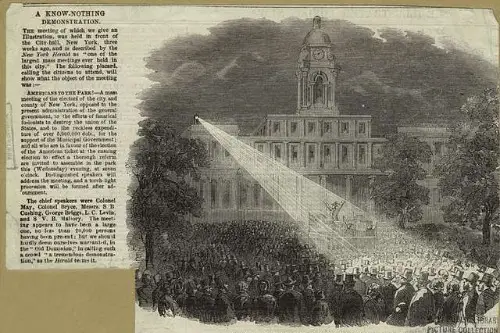
The Know-Nothings were more than a political movement—they were a secret society that channeled nativist fears in mid-19th century America. Officially called the Order of the Star-Spangled Banner, this group emerged in response to a surge of Irish and German Catholic immigrants. Members swore oaths of secrecy and claimed to “know nothing” when asked about their activities, giving rise to their nickname.
The Know-Nothings aimed to curb immigration and limit the influence of Catholics in public life, often through aggressive political campaigning and, at times, violent clashes. While the movement dissolved after the 1850s, their brand of xenophobic populism echoes in certain strains of American politics today, making their secretive origins an important historical lesson.
6. The Black Hand
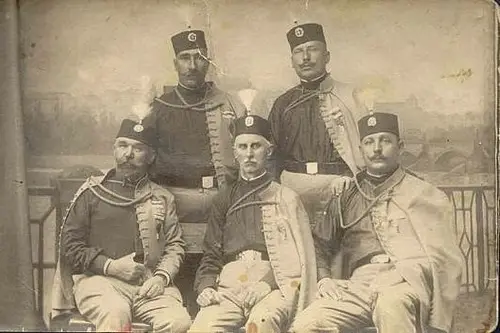
The Black Hand was a secret criminal organization that operated primarily among Italian immigrants in the U.S. during the late 19th and early 20th centuries, per the United States Postal Inspection Service. This group was infamous for extortion schemes, using threatening letters marked with sinister symbols to demand money from victims. The Black Hand’s activities terrorized immigrant communities, particularly in urban centers like New York and Chicago.
Their shadowy operations reflected the broader struggles of immigrant assimilation and the challenges of policing tight-knit ethnic enclaves. Though often conflated with the Mafia, the Black Hand was less an organized hierarchy and more a loosely connected network of criminals. Their exploits contributed to the rise of sensationalized reporting on “organized crime,” laying the groundwork for future law enforcement campaigns.
7. The Ku Klux Klan
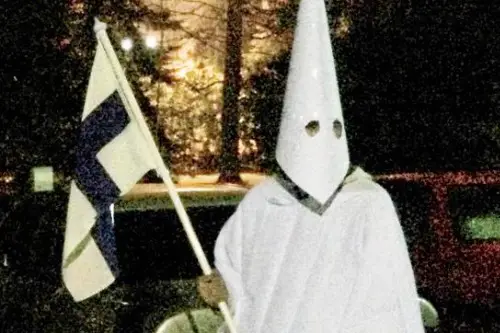
The Ku Klux Klan (KKK) has been one of the most infamous and destructive secret societies in American history. Founded in 1865 by Confederate veterans, the Klan initially aimed to undermine Reconstruction by terrorizing freed African Americans and their allies. Clad in white robes and hoods, members used secrecy to mask their identities while committing horrific acts of violence.
The Klan experienced multiple resurgences, each marked by new waves of racist ideology and terrorism. Despite their claims of patriotic and religious motives, their primary legacy is one of hate and division. Their secretive structure, complete with coded language and rituals, exemplifies how clandestine organizations can wield immense harm under the guise of anonymity.
8. The Sons of Liberty
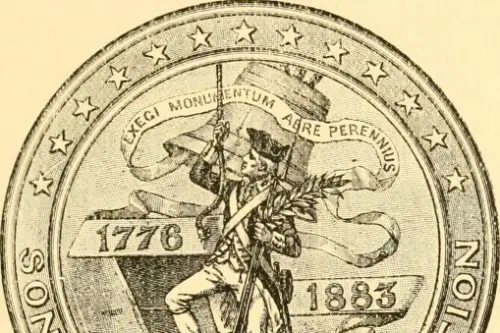
The Sons of Liberty were a secret revolutionary group that played a pivotal role in the American colonies’ fight for independence. Formed in the 1760s in response to the Stamp Act, the Sons of Liberty organized protests, coordinated boycotts, and sometimes resorted to direct action like tarring and feathering tax collectors. Their most famous act, the Boston Tea Party, remains an iconic moment in U.S. history.
The group’s secrecy was a necessity in a time when dissent against British rule could lead to imprisonment or death. By operating covertly, they were able to rally support and organize resistance without immediate retaliation. While their methods were controversial, their efforts laid the groundwork for a broader revolutionary movement, making them one of the most significant secret societies in American history.
9. Skull and Bones
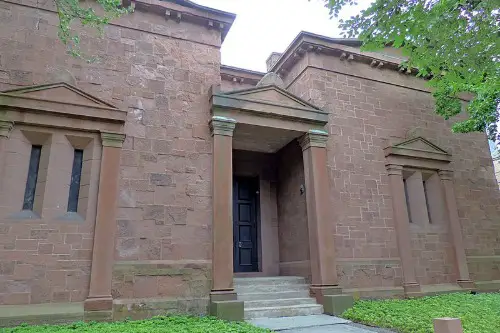
Skull and Bones is an elite secret society based at Yale University, founded in 1832. Known for its exclusivity, the group has counted among its members some of the most influential figures in American politics and business, including former Presidents George H.W. Bush and George W. Bush. Membership is limited to a select group of Yale seniors, who are initiated in ceremonies cloaked in mystery.
The society has been the subject of numerous conspiracy theories, from allegations of controlling world events to claims of bizarre rituals involving human remains. While much of its actual activities remain speculative, its members’ outsized influence on American institutions keeps the group relevant in discussions of power and privilege.
10. The Illuminati (in America)
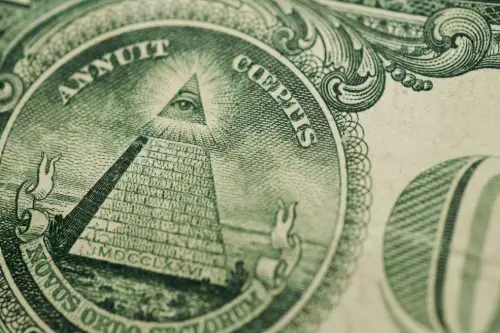
While the original Bavarian Illuminati disbanded in the late 18th century, the concept of an Illuminati group manipulating world affairs has persisted, particularly in American popular culture. In the U.S., this secret society has become a catch-all term for shadowy elites allegedly pulling the strings behind politics, finance, and entertainment.
Although there’s no concrete evidence that an organized Illuminati exists today, the idea gained traction during the Cold War, when fears of hidden powers were rampant. The notion of an American Illuminati feeds into deep-seated anxieties about unchecked authority and secrecy, making it a powerful—and divisive—cultural touchstone.
11. The Hermetic Order of the Golden Dawn
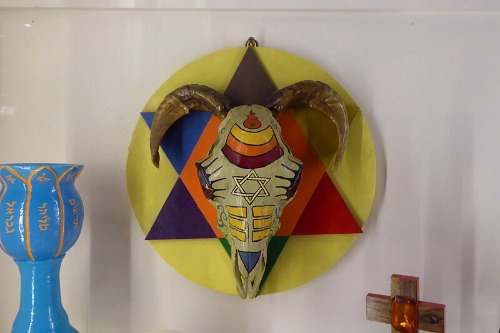
The Hermetic Order of the Golden Dawn was a mystical secret society founded in the late 19th century, with branches that extended into the United States. The group sought to study and practice ceremonial magic, alchemy, and esoteric philosophy, drawing inspiration from ancient texts and the occult. Members included prominent intellectuals, writers, and artists, all of whom swore oaths of secrecy.
The Golden Dawn’s influence can still be seen in modern spiritual and New Age movements. While their rituals and teachings were steeped in symbolism, the group’s primary goal was personal enlightenment and transformation. Their blend of mysticism and secrecy made them a fascinating chapter in America’s spiritual history.
12. The Carbonari
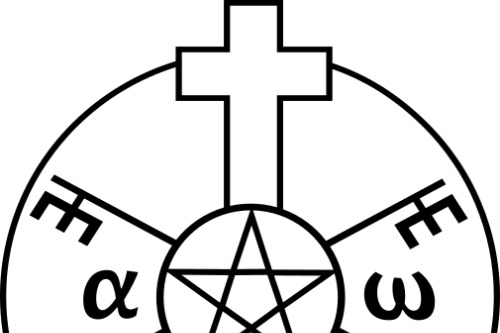
The Carbonari was an Italian secret society with revolutionary roots, but its influence extended into the United States in the 19th century, particularly among Italian immigrants. Originally formed to oppose oppression in Italy, the Carbonari in America continued their fight for justice and equality, often aligning with progressive labor movements.
The group’s structure was based on small, autonomous cells, which allowed them to operate discreetly while pursuing their goals. Though their influence in the U.S. was less pronounced than in Europe, their emphasis on solidarity and activism resonated with immigrant communities striving for a better life in a new land.
13. The Bohemian Club
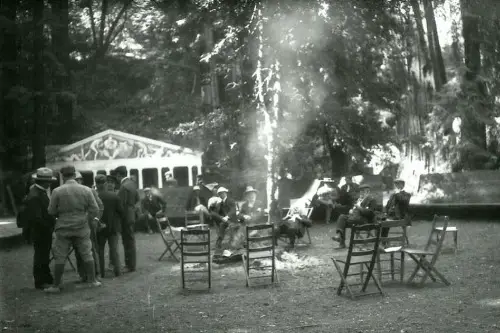
The Bohemian Club is a secretive social organization based in San Francisco, founded in 1872. Its members, drawn from the ranks of wealthy businessmen, politicians, and artists, gather annually at the Bohemian Grove, a secluded retreat in Northern California. These gatherings are known for elaborate rituals, theatrical performances, and policy discussions, all shrouded in confidentiality.
Critics argue that the Bohemian Club exemplifies the unchecked influence of elites, with decisions made in private that could affect public policy. While some see the club as a harmless venue for networking and relaxation, its secrecy fuels speculation about what truly happens behind closed doors. The Bohemian Club’s blend of exclusivity and mystery ensures its place in America’s long list of secret societies.


